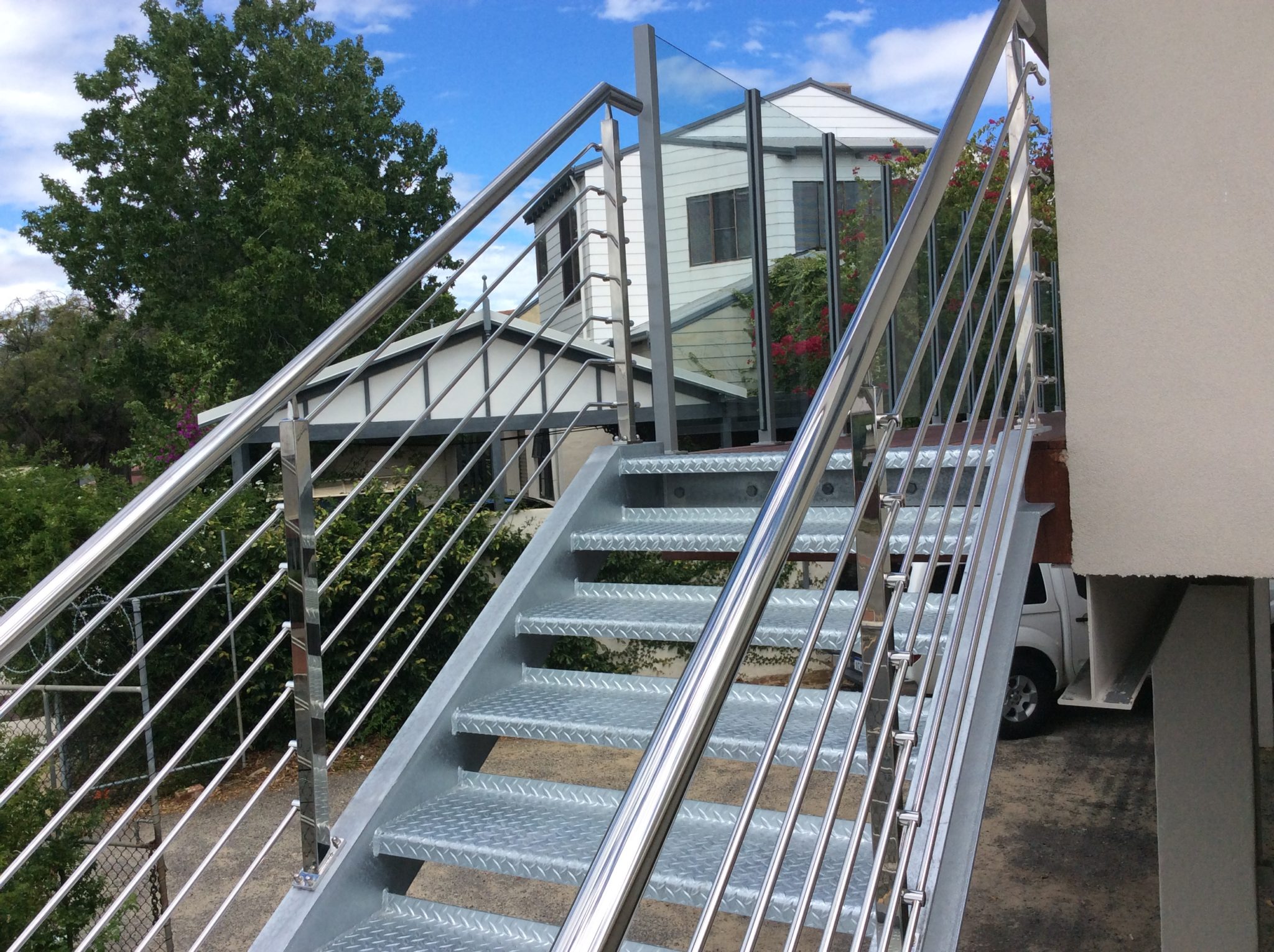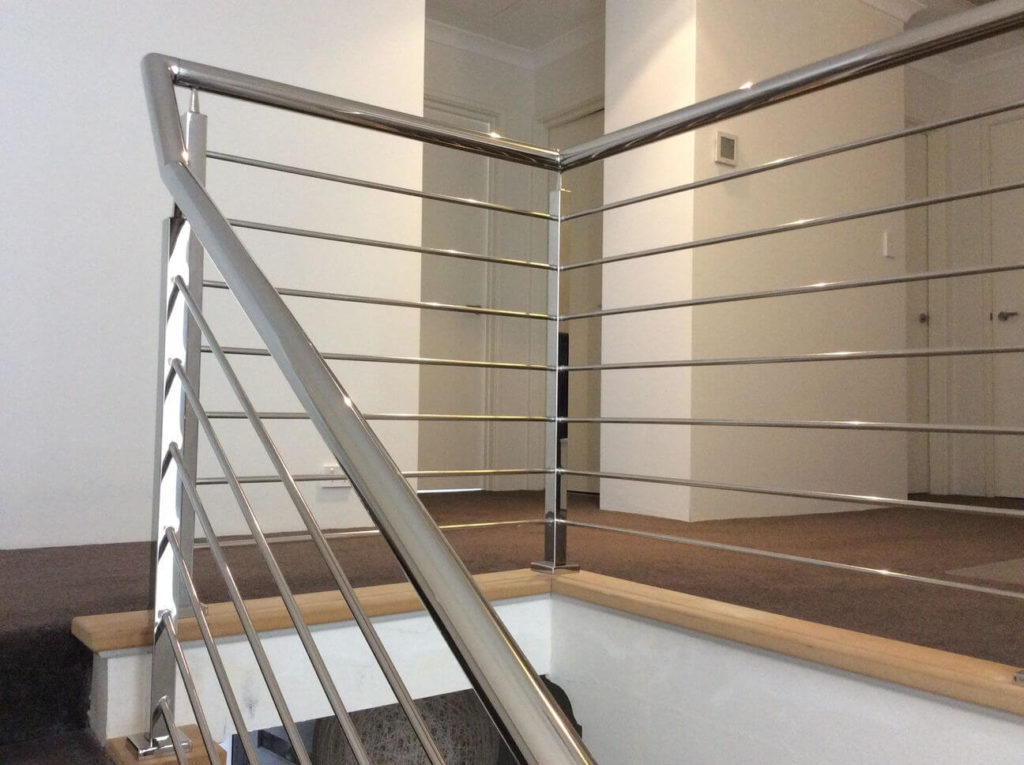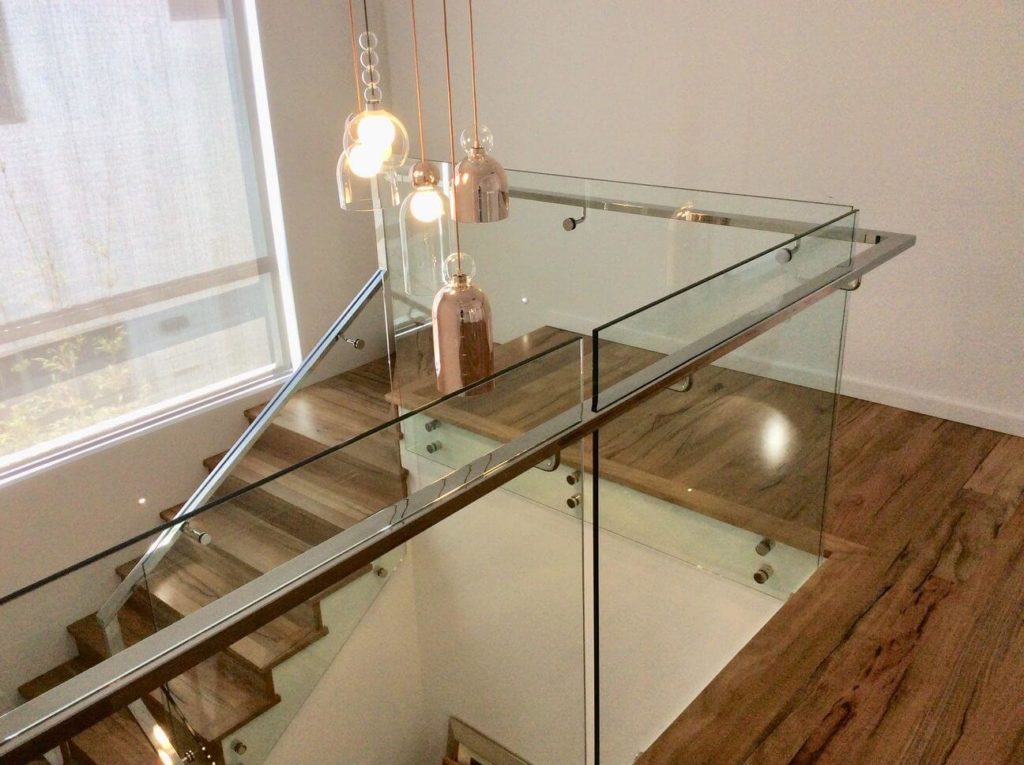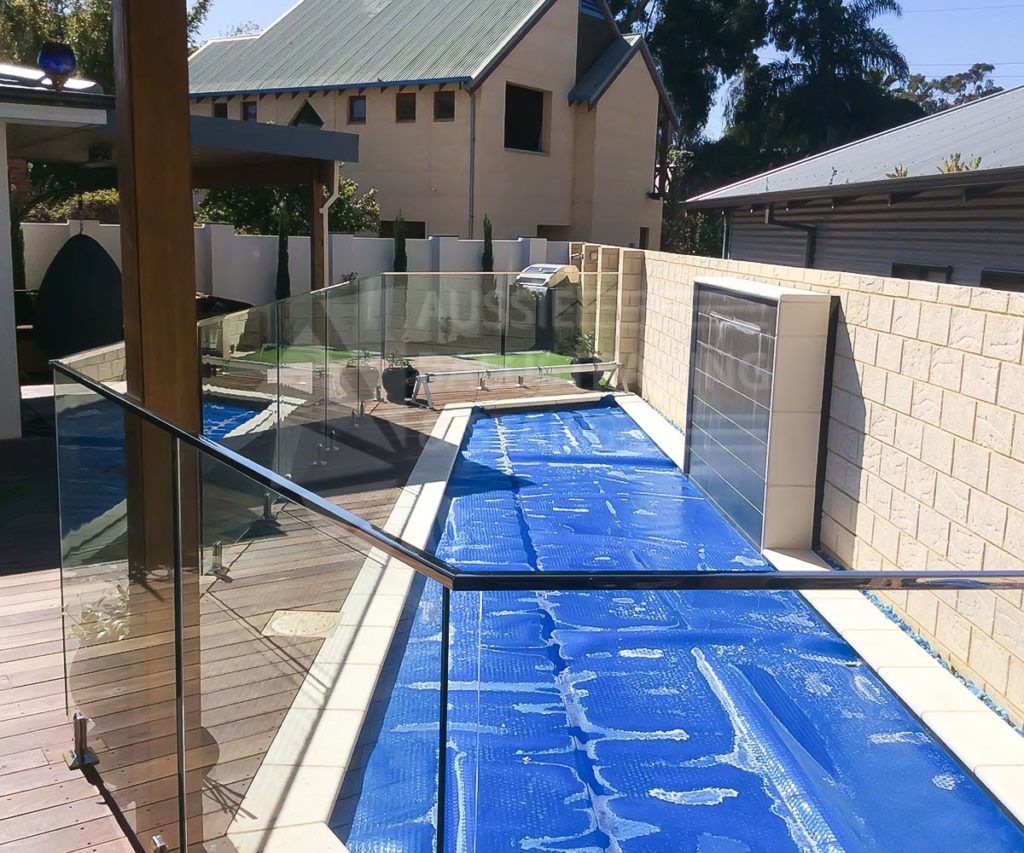Like everywhere else in the world, all building construction projects in Australia must conform to a set of technical specifications called a building code. The set of regulations specifying the minimum standards that ensure accessibility, safety, and security of a building’s occupants in Australia is codified in the Building Code of Australia (BCA).
The BCA was produced by the Australian Building Codes Board and is the main guiding document promulgated by the government since 1 May 2015. As a part of the larger and more comprehensive National Construction Code series, the BCA addresses everything about building projects, from the building’s structural adequacy and fire resistance capabilities to occupant health and amenity provisions.
This set of regulations also specifies the minimum standards for building outdoor stairs, including its component balustrades and handrails. If you’re a building manager looking to build outdoor stairs in Perth, read on for a summarised version of the BCA’s guidance.
What are the minimum standards set by the BCA on Handrails and balustrades?
For balustrades and handrails to fulfil their safety purpose, they need to meet the criteria as indicated within the BCA. This is even more crucial for businesses, especially given that the s21 of the OHS Act of 2004 indicates that an employer must ensure that they provide a safe and healthy workplace.
If the lack of a properly constructed handrail causes an accident, then an employer or builder manager may be held responsible. For this reason, employers must ensure that their workplace, including the means of ingress and egress, does not pose any risks to their employees.
Here are three tips that you can follow to ensure that your building’s stairways meet BCA guidelines:
1. Look at the height of the stairway, not the number of steps
All staircases need a handrail if the steps rise to one meter or more. The rise, not the number of steps, dictates the need for a handrail—except if there is a fixed structure that is no farther than 100mm from the stairway stile.
The width of the stairway matters too. If a stairway’s width exceeds one metre, then both sides of the staircase must come with a handrail.
2. The recommended height of a handrail can differ
The BCA’s recommendation for handrail height is as follows: the top rail of the handrail must be no lower than 900mm and not higher than 1100mm above the level of the step underneath. If there is a risk of falling or strong winds, the handrail must be at least one metre tall to provide better support and protection.
3. Handrails need to be continuous
BCA-compliant handrails have smooth continuous top surfaces that run the whole staircase’s length with no obstructions that can break a handhold. Generally, the handrails don’t need to continue along with landings between staircases unless the building manager is trying to meet Australian Standard 1428 for access and mobility.
Conclusion
While beautifully-designed balustrades and handrails can elevate the look of any structure, its primary purpose is still to provide safety and reduce unwarranted accidents. That being said, there’s no reason why your facility can’t have both gorgeous BCA balustrades and handrails—all you need is to partner with the right provider in Perth!
Are you looking for a reliable provider of BCA-compliant staircase solutions in Western Australia? Aussie Balustrading is a trusted maker of outdoor stairs in Perth. Our experienced team will ensure that your stairs are outfitted with BCA-compliant balustrades and handrails. Contact us today to learn more about our products and services!



